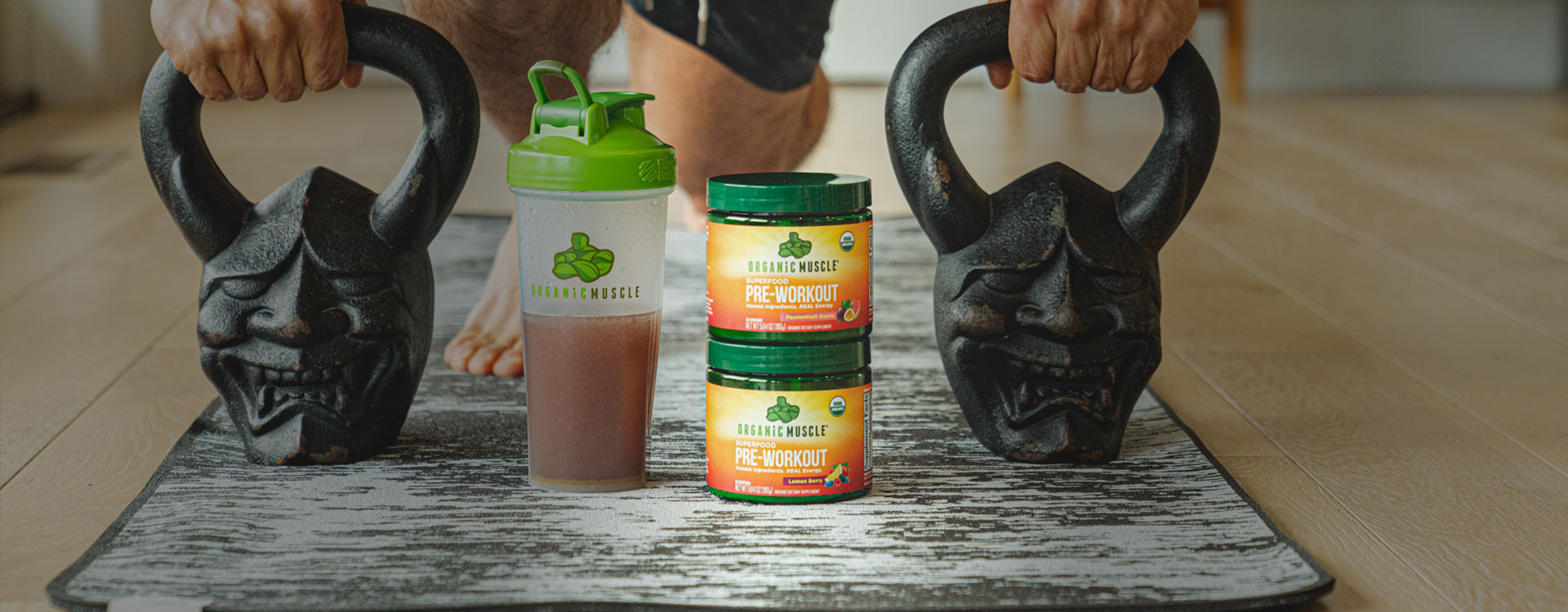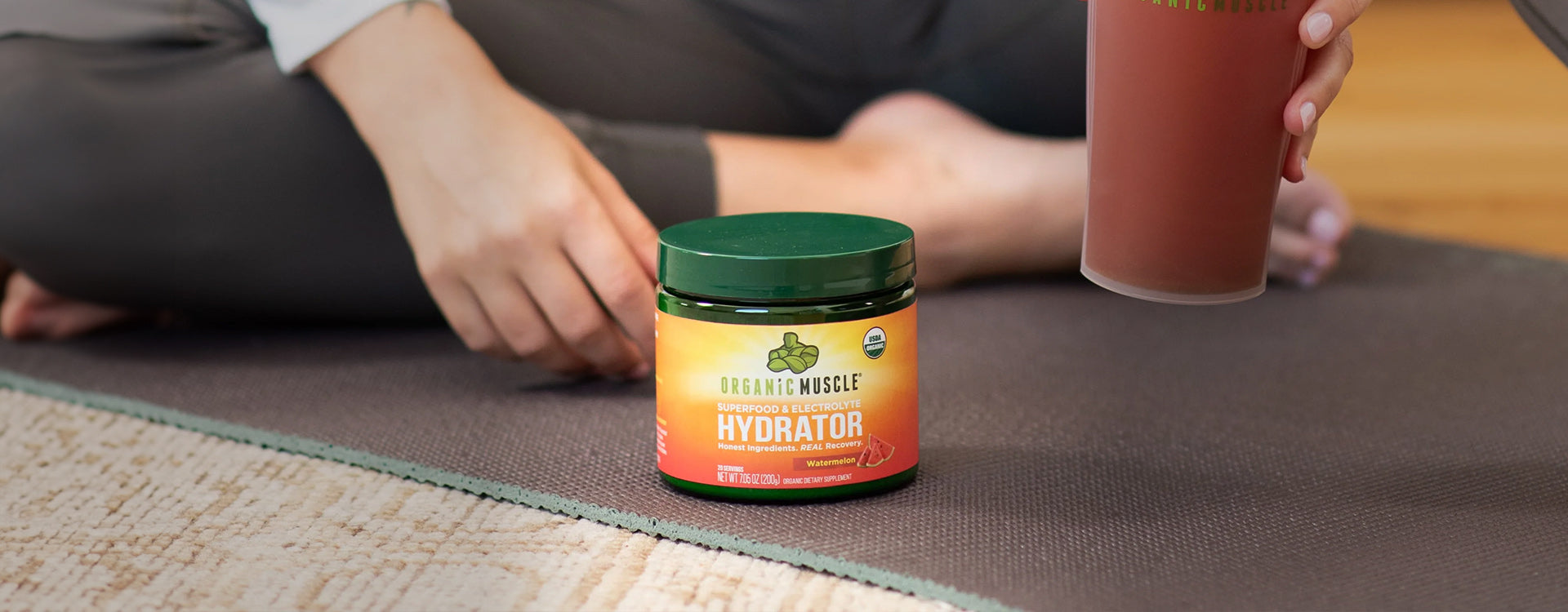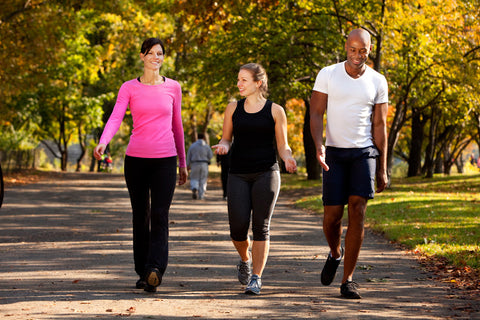Now that spring has finally sprung and we are heading into warmer weather, we can creep out of the warm caves we have been hiding in all winter and take our exercises to the outdoors. From exercises as simple as a walk or morning run to full body calisthenics or muscle beach style gym workouts. One thing remains the same. The ability to breathe fresh air and experience nature while you are training. This can be an amazing experience, as well as a saddening one due to the excess amount of litter polluting our roadsides, bikes trails, hiking trails, beaches, rivers, lakes, and just about anywhere else outside. This is something to reflect and take action on and no better time to do so than during your workouts!
Even though visible roadside litter has decreased by 61% since 1969, each year in the United States, an estimated 51 billion pieces of litter that land on the roadways. That comes out to 6,729 items per mile! According to Keep America Beautiful's (KAB) 2009 National Visible Litter Survey and Litter Cost Study, 46.5 billion pieces of that litter is less than four inches in size. Costs to clean up this litter come out to almost 11.5 billion each year in the United States. With 9.1 billion of it coming from businesses and local governments, schools, and other organizations covering the remainder.
All this litter isn't just affecting our wallets either. This litter or mismanaged trash can travel throughout the rivers and oceans of the world, accumulating on beaches and shores. This harms physical habitats, transports chemical pollutants, threatens aquatic life, and interferes with human uses of rivers and coastal environments.
Plastic trash has the greatest potential to harm the environment, wildlife, and humans out of all mismanaged trash or litter. It can be found in some form in almost every body of water, whether it is floating at the surface, suspended in the water column, or found at the bottom. Rivers and oceans transport this plastic litter, moving it with the currents, where it is often eaten by birds and fish, concentrating toxic chemicals in their tissues, and filling their stomachs, which causes them to starve.
As you can see, mismanaged trash and plastic aquatic debris are much more than an aesthetic problem. Trash and debris in rivers and oceanic zones, on beaches and submerged beneath the water cause habitat alteration. As the debris and trash accumulate, habitat structure may be modified by reduced light levels in underlying waters or depleted oxygen levels. These are changes that may affect the ability of open water and benthic (meaning anything associated with or occurring at the bottom of the ocean) habitats to support aquatic life.
This results in declines of species that are directly dependent on these habits for foraging and shelter. The global degradation of coral reefs is one example that has the potential to undermine the survival of a diverse variety of invertebrates, fish, and vertebrates that depend on this limited natural resource, including many, threatened and endangered species. While they might not be able to do much to help this cause, we can directly impact it by making some changes in our lifestyles and taking action when we see the opportunity to do so.
Wildlife and their habitats are not the only things impacted by this global garbage crisis. Accumulation and transport of persistent, bioaccumulative and toxic (PBT's) contaminants, such as PCB's and pesticides are associated with mismanagement of plastic aquatic trash. These contaminants are found at concentrations that are thousands to millions of times higher than the surrounding environment. According to studies done by the EPA, plastics have the potential to adsorb chemicals of concern from the environment, and transport mechanism for contaminants of concern into the food chain and potentially to humans who eat seafood.
These contaminants originate from the surface of plastic particles as well as within the plastic, which can be released into the environment. This happens as a result of the plastic breaking down into smaller particles due to ultraviolet radiation, mechanical forces, and weathering. Evidence shows these plastic particles and debris, including resin pallets and fragments, transfer PBT's to organisms when consumed. This accumulation of PBT's has been well documented in seabirds and benthic organisms. In a study by Ryan et al, great shearwaters (Puffinus gravis), a seabird that is known to ingest plastic, had PCB concentrations in fat tissues corresponding to the amounts of plastic found in their stomachs.
So, the environment, wildlife, and their natural habitats cannot help themselves. We are the ones who are responsible for this and we are the ones who have to change our ways and make it right. This can be started by simply recycling your plastic products and all others that you can. Try to use paper bags when shopping and support companies that used recycled or biodegradable packaging.
Those simple tips can add up and make a huge impact in the right direction. This along with taking some time to do litter and trash cleanup down your local roadsides, parks, and beaches can set you up to become part of the right kind of change in the world. Plus you get the benefits of exercise while you do it!
Consumer Reports put out an article this year showing the many benefits that just getting out and walking can bring you, including lower body mass, lower blood pressure and cholesterol, lower fasting blood sugar, better memory, and cognitive function, lower stress and improved mood, as well as longer life. This is why many people get out for a walk at least once a day. If everyone brought a bag to pick up litter and trash that went for a walk we wouldn't have such a problem.
Not to mention all the runners out there! A 2017 report by the Sports & Fitness Industry Association estimates there are more than 47 million runners and joggers in the united states. More than half of those people run at least once a week. This is because many experts believe exercise is the closest thing to a miracle drug because the effect it can have on our mind and bodies. Running is one of the easiest, most readily accessible, ways for someone to feel these benefits.
One study published in the journal of the American College of Sports Medicine shows that 30 minutes of exercise is enough to lift the mood of someone suffering from major depressive disorders. This mood-lifting effect even worked the same for those who just moved at a walking pace. It just shows that no matter what pace your going, getting out and moving can have positive effects on your mind and body.
So get out and walk, run, or just move the next time you are feeling kind of blah and down about yourself and life in general. This has proven effects to help elevate mood and well-being as well as extend your life. To take it a step even farther, bring a bag or some way of collecting litter and debris while your out and about. Not only will you feel good from the exercise, but you will also feel good about helping the earth and the environment as well!

















